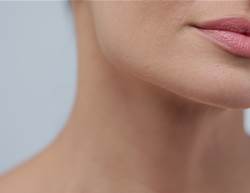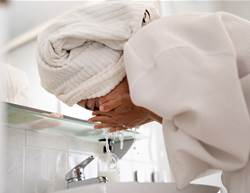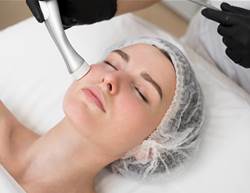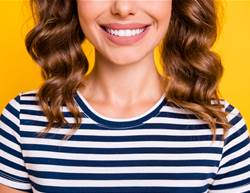Acne is surprisingly common among adults — almost one in six Aussie women over the age of 25 has it at some point. Hormones, especially male androgens (which are present in women, too), trigger oil production, which explains why acne often shows up around the onset of menstruation and then later during menopause, when oestrogen levels drop. “It’s important that people with adult acne don’t feel like freaks,” says Dr Jo-Anne See, a dermatologist with Central Sydney Dermatology and a specialist in adult acne. Our experts explain what’s happening and suggest these remedies.
1. Adjust your diet
Studies find that eating sugary, carb-rich foods that are high on the glycaemic index (GI) – a measure of how quickly a food raises blood sugar – is associated with a greater likelihood of developing acne. High blood sugar promotes inflammation and increases oil production. Stick to foods with a low GI, such as whole grains, beans and lentils, and many fruits and vegetables.
2. Reduce stress
“Acne very often occurs in times of stress,” says Dr See. This is due to the flood of androgens released during stress, which can cause acne flare-ups or make existing acne worse by boosting oil production. Anything you can do to minimise stress may have beneficial effects on the skin.
3. Consider yoga
One study found that a single 90-minute session of hatha yoga (a combination of poses and breathing exercises) reduced stress levels in women between the ages of 40 and 60. It was found that regular sessions reduced it even more.
4. Cleanse and moisturise
Washing the skin at the end of each day prevents dirt, makeup and dead skin cells from clogging hair follicles. Moisturising afterwards keeps skin from drying out and making oil glands more active. Use a gentle cleanser made for acne-prone skin and follow with a noncomedogenic (non-clogging) moisturiser. Your skin heals itself while you sleep, and good skin care helps prevents inflammation.
What a doctor might recommend:
5. Topical treatments on prescription
A family of compounds related to vitamin A – retinoids, such as tretinoin (Retin-A) – work by reducing skin inflammation and preventing the skin cells from blocking follicles. For inflamed spots, an antibiotic lotion, such as clindamycin, kills the bacteria that can trigger the inflammation. Dapsone gel has been found not to dry or irritate the skin.
6. Oral drugs
Low-dose doxycycline attacks bacteria that may be causing the acne. Another medication is Aldactone. “It’s not a sexy drug,” says Dr See. “It’s an old-fashioned medication that has been around forever. But I’ve had patients say that it has changed their lives.” A GP might also prescribe oral contraceptives, which can help control the acne by correcting the androgen imbalances. They may recommend using a combination of a topical treatment and an oral antibiotic.
7. Photodynamic therapy
In the photodynamic therapy procedure, a qualified dermatologist applies a light-sensitive compound to the face and lets it seep into the skin for up to two hours. After that, the skin is treated with a blue-wavelength light that chemically reacts with the topical treatment to kill the acne bacteria and reduce oil production. This treatment costs around $350 per session. You need a referral from your GP to see a dermatologist in order to claim a Medicare rebate.



.jpg&h=90&w=90&c=1&s=1)






